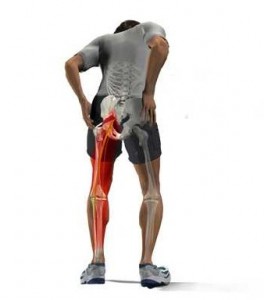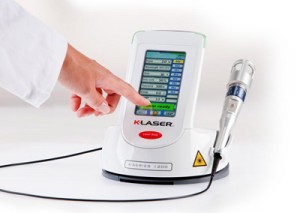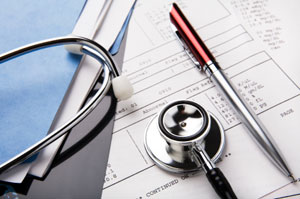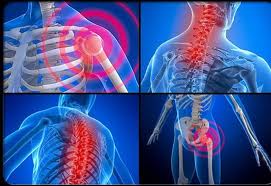Drinking more than 4 cups of caffeinated coffee a day could reduce your risk of dying from mouth and throat cancer. It was shown that those that drink over 4 cups a day’s risk was cut by half compared to those who either didn’t drink coffee, or those who only occasionally drink it. This doesn’t mean that if you aren’t drinking that much coffee you should immediately up your amount and should only be taken as positive news for those already doing so.
There have been several studies in the past that have suggested that coffee drinking is linked to reduced levels of mouth and throat cancer. Further, it is believed that it isn’t the caffeine in coffee that leads to the reduced risk, but all the rich antioxidants, polyphenols and similar compounds that help to combat cancers forming.
Data was collected from a study known as the Cancer Prevention Study II, where data has been collected by the American Cancer Society (ACS) since 1982, which included a whole host of lifestyle and health information from almost 100,000 men and women, including their consumption of coffee and tea. Over the course of 26 years follow-up, 868 died from mouth and throat cancer when originally none of the participants had any form of cancer.
When tea and coffee consumption was analyzed alongside the deaths as a result of mouth and throat cancer, it was discovered that those who drank more than 4 cups of coffee a day had a 49% lower risk of death from those cancers compared to those who drank less coffee or none at all. Further to this, the link was not affected by a person’s gender, or either their tobacco or alcohol usage.
Diagnosing mouth and throat cancer
The problem with both mouth and throat cancers is that they are hard to diagnose in the early stages of development and symptoms don’t usually appear until the cancer is advanced; they can sometimes also be misdiagnosed as something else such as toothache or other dental problems. There is a bigger risk of contracting either types of cancer if you are a regular smoker or heavy alcohol drinker.
Signs of cancer developing can sometimes be spotted during routine dental check ups by dentists and dental hygienists. It’s for this reason why it’s important to make sure you are visiting your dentist every 6 months – dentists also suggest that you should give yourself an oral examination using a mirror once a month to look for symptoms. Symptoms to look out for are mouth sores that fail to heal and pain in your mouth that doesn’t go away.
So I should up my coffee?
The researchers are not recommending that people now go out and start drinking 4 cups of coffee a day; however those that already do can take some good news out of the discovery. Much more research needs to be conducted on whether coffee could be used as a form of cancer prevention. Especially considering that there has been a fair amount of debate recently on the pros and cons of drinking coffee, more recent information suggests that the benefits could
Michael regularly writes on behalf of dental insurance provider AXA PPP healthcare on a number of health and wellbeing topics.


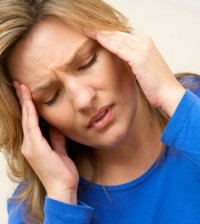
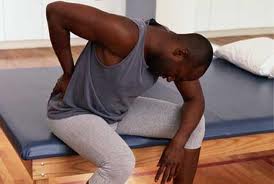 A healthy back is straight, moves easily and is free of pain. The most common area for chronic back
A healthy back is straight, moves easily and is free of pain. The most common area for chronic back 
